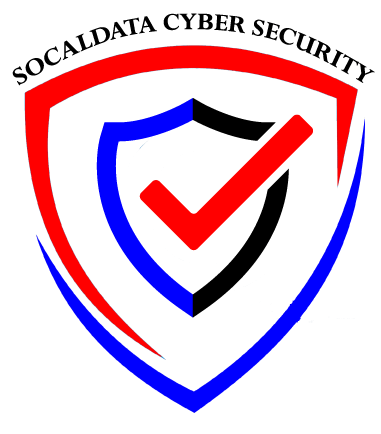Understanding the Framework for a Secure and Successful Organization
Imagine a company as a complex ecosystem. To thrive, it needs a strong foundation, clear navigation, and a constant awareness of potential threats. This is where Governance, Risk, and Compliance (GRC) comes in. Often confused with “Government risk and compliance,” GRC is a holistic approach that ensures an organization operates ethically, manages risks effectively, and adheres to all relevant regulations.
Governance: Setting the Course
Governance refers to the overarching principles and guidelines that define how an organization is directed and controlled. It encompasses elements like the board of directors, executive leadership, and established policies. Strong governance sets the ethical tone and establishes a culture of compliance within the organization.
Think of it like a ship’s captain and crew. The captain establishes the course, while the crew ensures smooth sailing. Similarly, the board of directors dictates the overall direction, while management ensures policies and procedures are in place to achieve that direction responsibly.
Risk Management: Navigating the Challenges
Every organization faces a barrage of risks, both internal and external. Risk management involves identifying these potential threats, assessing their likelihood and severity, and implementing strategies to mitigate them. This could involve anything from cybersecurity measures to financial risk assessments.
Imagine the ship encountering a storm. Risk management is the process of identifying the storm (threat), assessing its potential damage (severity), and taking steps like adjusting course or deploying sails strategically (mitigation strategies).
Compliance: Staying on Course
Compliance entails adhering to all applicable laws, regulations, and industry standards. This includes laws concerning data privacy, financial reporting, environmental regulations, and more. Failing to comply can lead to hefty fines, legal repercussions, and reputational damage.
Compliance is akin to the ship staying within designated channels marked by buoys. Deviating from the course could mean running aground (legal repercussions).
The GRC Advantage: A Holistic Approach
Effective GRC integrates these three elements seamlessly. Strong governance paves the way for good risk management practices, and a robust risk management system strengthens adherence to compliance requirements.
By creating a culture of ethical behavior, awareness of potential risks, and strict compliance, organizations can navigate the complex business environment with confidence.
The Bottom Line:
Governance, Risk, and Compliance are not separate entities but rather interconnected pillars of a successful organization. By embracing a holistic GRC approach, companies can navigate challenges, maintain a competitive edge, and foster trust with stakeholders.

